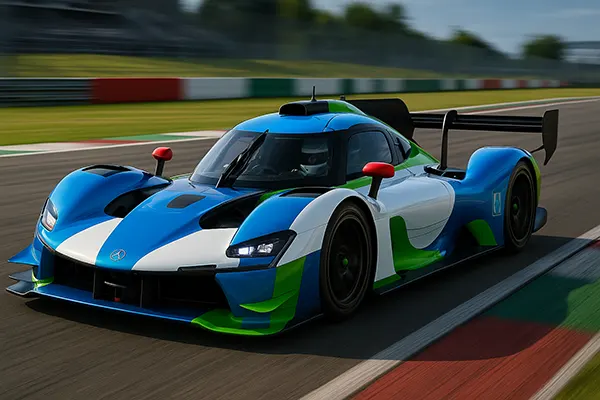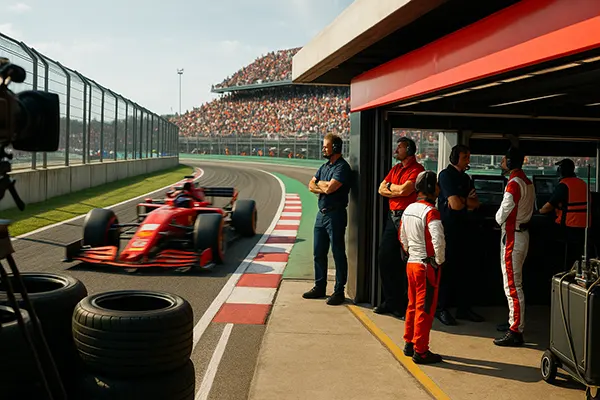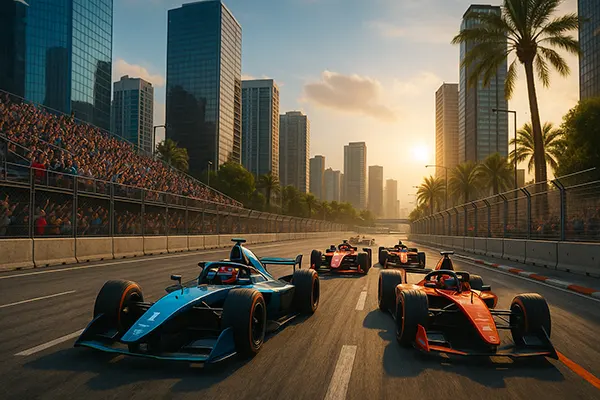Similar articles
Bets on Electric Racing: The Potential of Formula E, eTouring and Extreme E in 2025
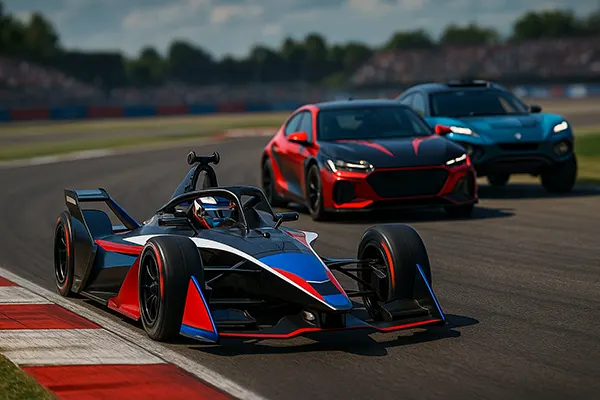
Electric motorsports have undergone significant transformation in recent years, steadily gaining ground among punters and fans alike. With sustainability, innovation and fierce competition at its core, this racing sector now presents notable betting opportunities. In 2025, Formula E, eTouring and Extreme E each offer distinct formats and dynamics that could redefine how bettors engage with racing markets.
Formula E: Betting on Urban Precision
Formula E has matured into a recognised discipline with high-speed duels in global city centres. As of mid-2025, the ABB FIA Formula E World Championship includes manufacturers like Jaguar, Porsche and DS Automobiles, all competing with Gen3 cars that achieve speeds up to 322 km/h. The championship calendar has expanded to include races in São Paulo, Tokyo and Shanghai, intensifying the betting interest across new markets.
Live betting is particularly active during Formula E events due to frequent lead changes and the use of “Attack Mode” and “FanBoost” features. These unpredictable race dynamics offer varied odds on race winners, podium finishers and fastest laps. Additionally, driver performance on specific circuits—such as Pascal Wehrlein’s dominance in Mexico City—can influence the odds before lights out.
Betting strategies often incorporate qualifying results, which heavily affect race outcomes due to the tight and narrow street circuits. A strong qualifying lap may drastically shorten the odds for a race win, making early betting critical. Moreover, bettors must consider the environmental conditions unique to each host city, such as humidity or altitude, which affect battery performance and tyre grip.
Statistical Trends and Live Markets
From a statistical perspective, in-race betting on Formula E is driven by energy management and pit strategy. Bookmakers now offer prop bets on safety car deployments and energy overuse penalties, adding layers to betting choices. In 2025, over 35% of live bets in Formula E are placed after lap five, indicating punters’ preference to analyse initial battery usage patterns before committing funds.
With the advent of predictive data tools, some bookmakers have integrated live telemetry for punters to track energy levels, lap deltas and tyre degradation in real time. This shift has significantly benefited seasoned bettors who base their strategies on telemetry insights rather than emotional decisions. These tools create an edge, especially in tight races where the top five drivers finish within seconds of one another.
Additionally, team orders and radio communications—often public in Formula E—can influence betting outcomes. An instruction for a driver to hold position or preserve energy may sway in-race markets instantly. Bettors who monitor such communications often capitalise on sudden changes in odds when these directives become public during the broadcast.
eTouring Car Racing: The Rise of Electric Touring Series
eTouring (ETCR and its successors) has become a viable motorsport betting market, especially in Europe. The 2025 calendar features events in Italy, Spain, Hungary and the UK, with brands like Hyundai and Cupra leading the grid. The race format is shorter but includes multiple heats and final rounds, creating more frequent betting opportunities per event day compared to traditional racing formats.
Unlike Formula E, eTouring takes place on permanent circuits, offering more stable track conditions. Bettors can analyse historical data more accurately and compare sector performance across qualifying and races. Additionally, drivers often compete in head-to-head duels that can be wagered on individually. This head-to-head format, now supported by many sportsbooks, allows bettors to focus on driver consistency rather than whole-race unpredictability.
In 2025, eTouring series incorporate live power deployment maps in broadcasts, showing fans and bettors where and when each car uses its power boosts. These visual cues help inform real-time bets on overtakes and winning margins. Power use timing is critical in tight duels and often predicts the winner before the finish line is crossed.
Understanding Driver Performance Profiles
Successful eTouring bets rely heavily on driver adaptability. Since cars have equal powertrains but differ in chassis setup, driver style and tyre management often determine outcomes. For example, a driver who brakes late and pushes the rear tyres can struggle in longer finals, making them more suitable for heat bets than for overall event wins.
Current statistics indicate that over 45% of eTouring race outcomes are decided during the opening lap due to track position importance. Bettors are increasingly focusing on qualifying rounds as the key determinant of success. In this context, many punters prefer placing bets on overall event winners based on the results of initial heats.
Moreover, national circuits provide home advantage for certain drivers familiar with local conditions. In 2025, drivers such as Mikel Azcona in Spain have performed notably well on native circuits, often outperforming their qualifying positions. These local trends can significantly affect betting odds and should not be overlooked.
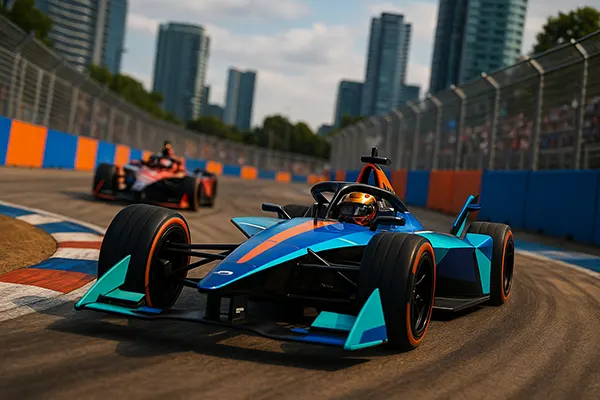
Extreme E: Betting in Remote and Rugged Conditions
Extreme E brings betting into an entirely different context. The series takes place in remote areas such as Greenland, the Amazon rainforest and Saudi Arabia, using off-road SUVs powered by electric batteries. The 2025 calendar includes new terrains in Mongolia and coastal Kenya, adding even more variability and challenge to this already unpredictable format.
Each team fields both a male and a female driver who share equal race duties. This unique format results in hybrid performance profiles, where betting outcomes depend on both drivers’ cumulative performance. Bettors must analyse the consistency of both teammates, especially during switch zones where transitions occur. A delay in this switch can cost several seconds and change race standings dramatically.
Bookmakers are offering more props for Extreme E, such as team switch time, terrain incidents and damage-based retirements. Due to environmental unpredictability, many pre-race favourites have failed to deliver, creating profitable longshot opportunities for punters. Extreme E also encourages value betting on team consistency rather than individual star power.
Weather and Terrain Analytics for Bettors
One of the biggest influences on Extreme E races is local weather and terrain degradation. Betting success increasingly depends on how well a team adapts to rapid weather shifts. In 2025, bookmakers have begun offering odds that adjust in real-time based on satellite-fed weather feeds and track erosion reports, especially during back-to-back heats.
Teams with superior suspension setups and sand-resistant cooling systems have statistically outperformed rivals in desert and coastal events. For instance, the Veloce Racing team has led average stage times in high-humidity events thanks to their custom drivetrain insulation. Bettors can use this technical data to assess probable advantages under specific terrain conditions.
Also, since Extreme E tracks are built anew for each event, there is little historical data to rely on. Therefore, punters often depend on free practice results and onboard camera footage for predictive insights. Such an approach favours bettors who closely follow pre-race sessions and team communications over those relying on past race stats.

